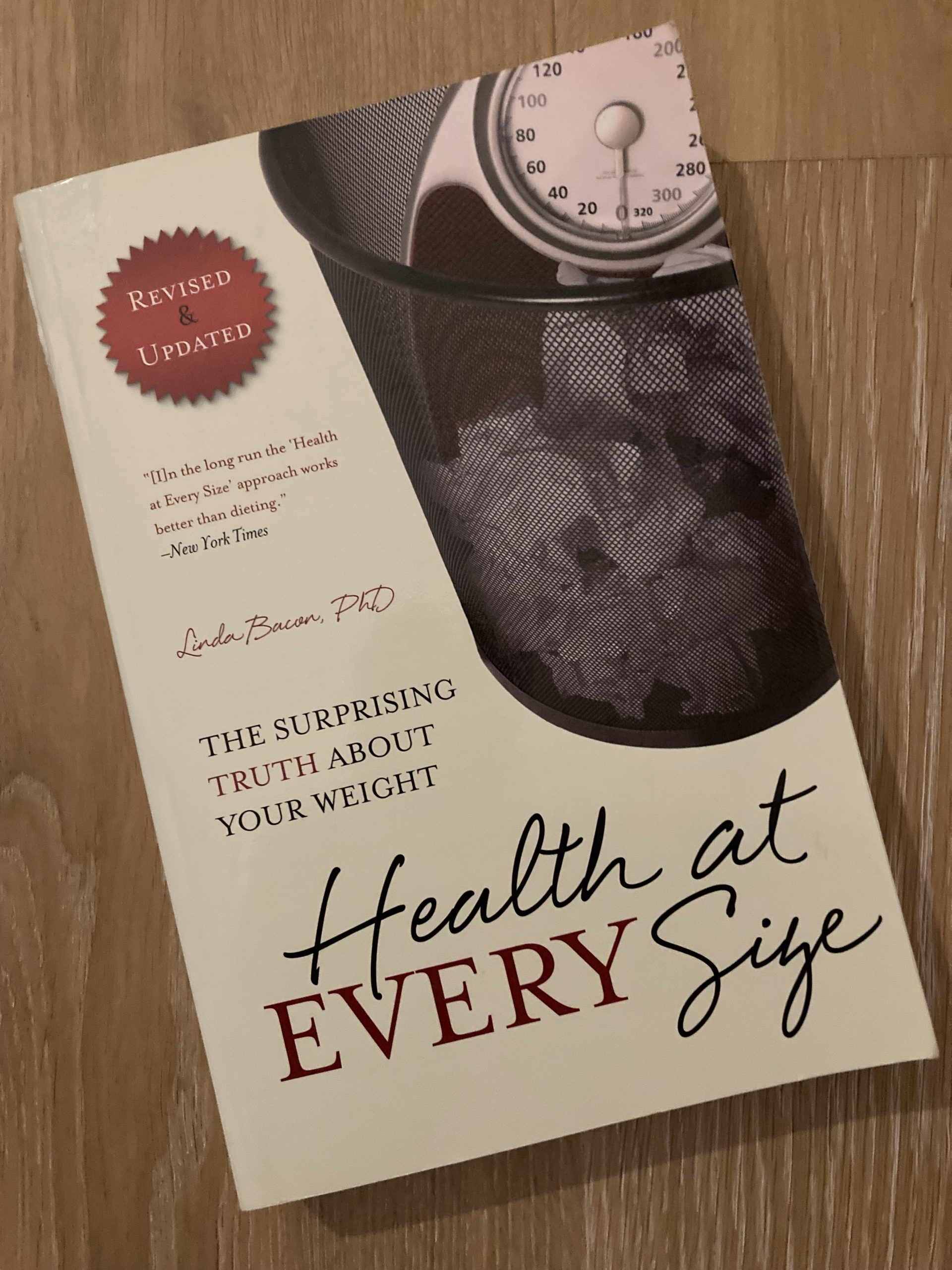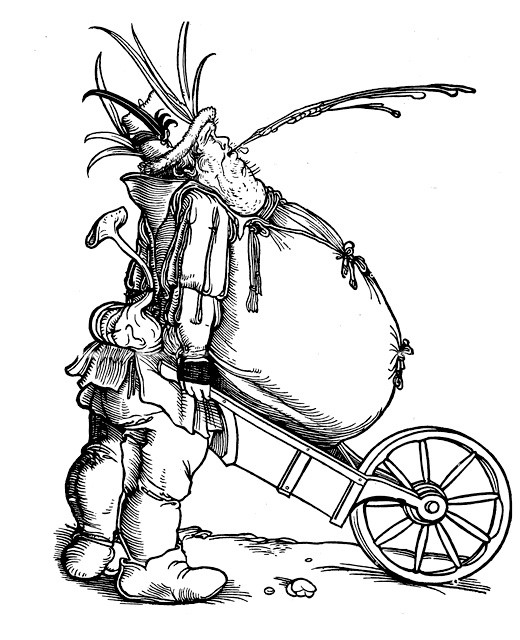„Globesity“: On an Objectionable Narrative of Global Health

Towards the end of the twentieth century the World Health Organization declared “obesity” a global epidemic. From 2001 onwards the term “globesity” came into use. “Globesity” is understood as a globally observable consequence of the spread of new “lifestyles” common in industrialized countries characterized by increased consumption of high-energy, industrially processed foodstuffs and low physical activity. According to this thesis, more and more people in the global North and increasingly also in the global South are “overweight” and suffer from “obesity,” measured by using the BMI. As “obesity” is classified as a risk factor for chronic, non-communicable diseases, “globesity” has been declared a public health crisis that threatens global society due to high healthcare costs and decreasing productivity. More recently,…



